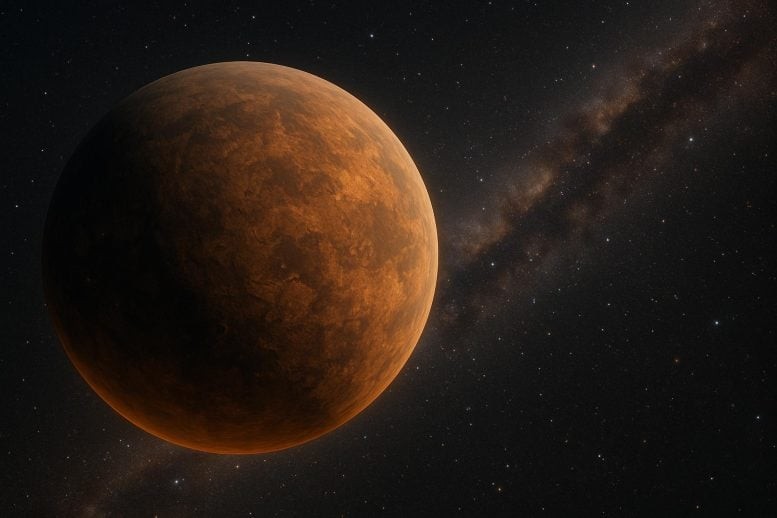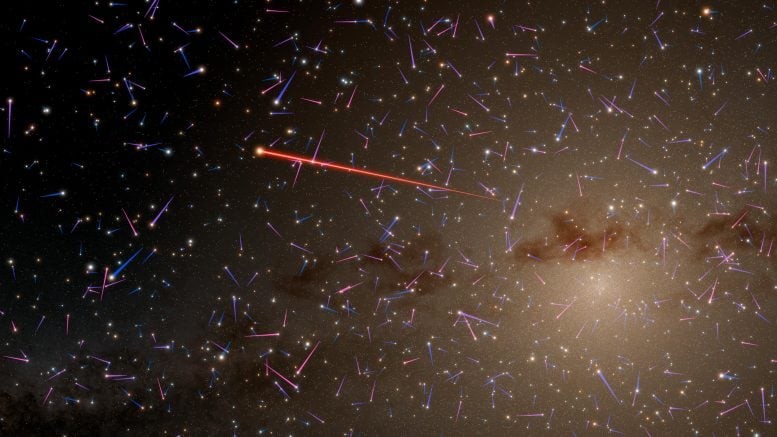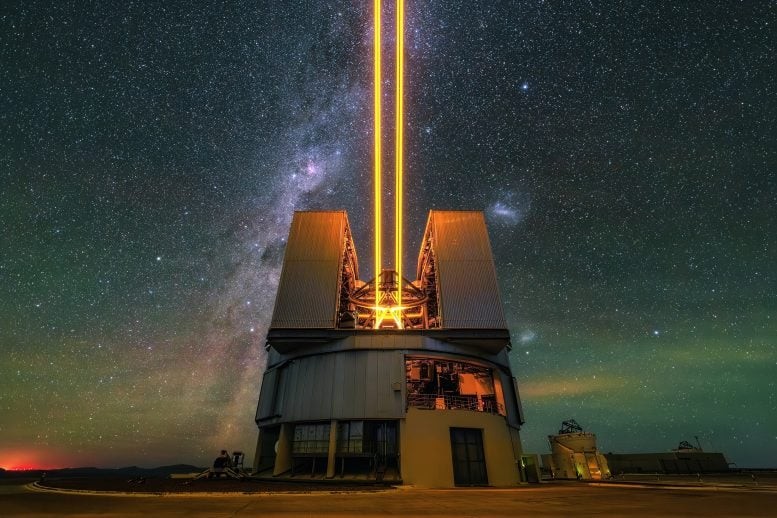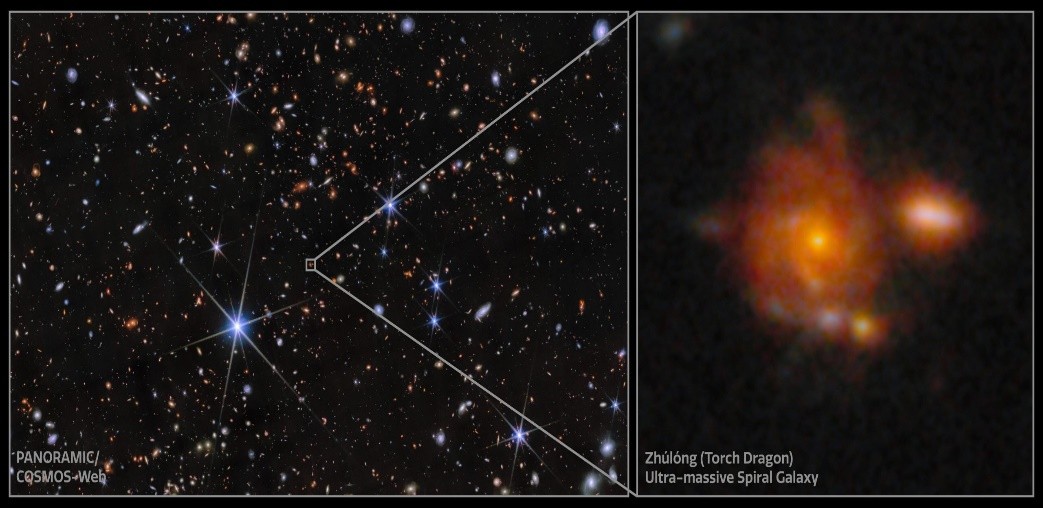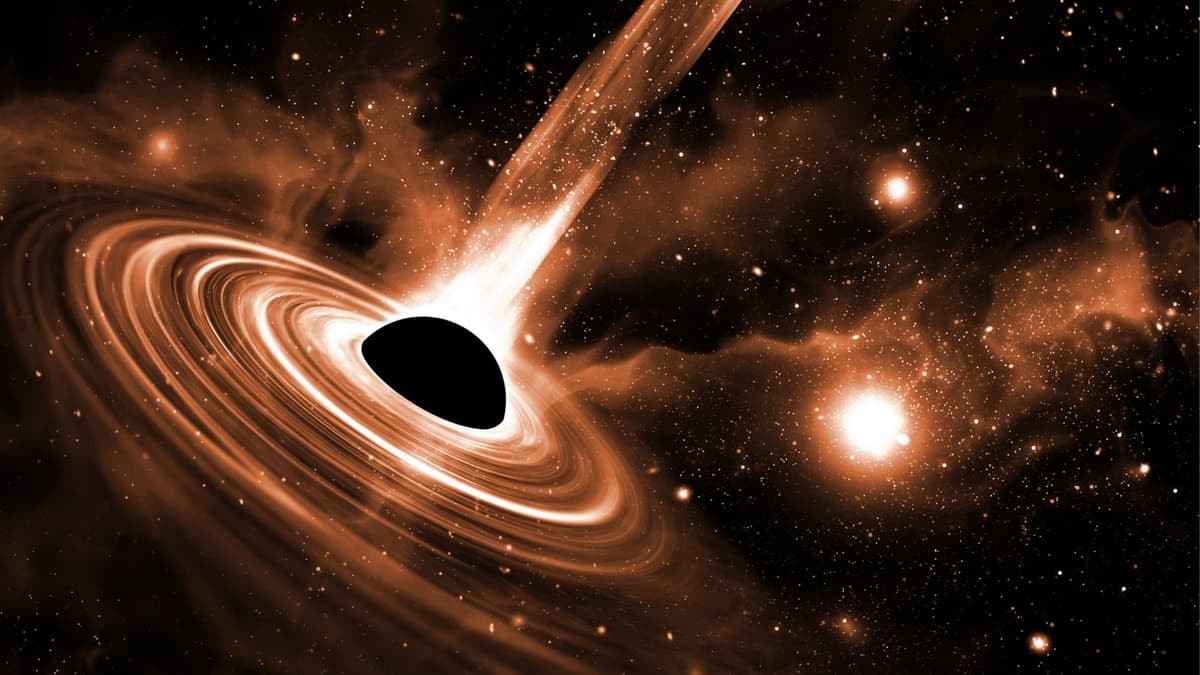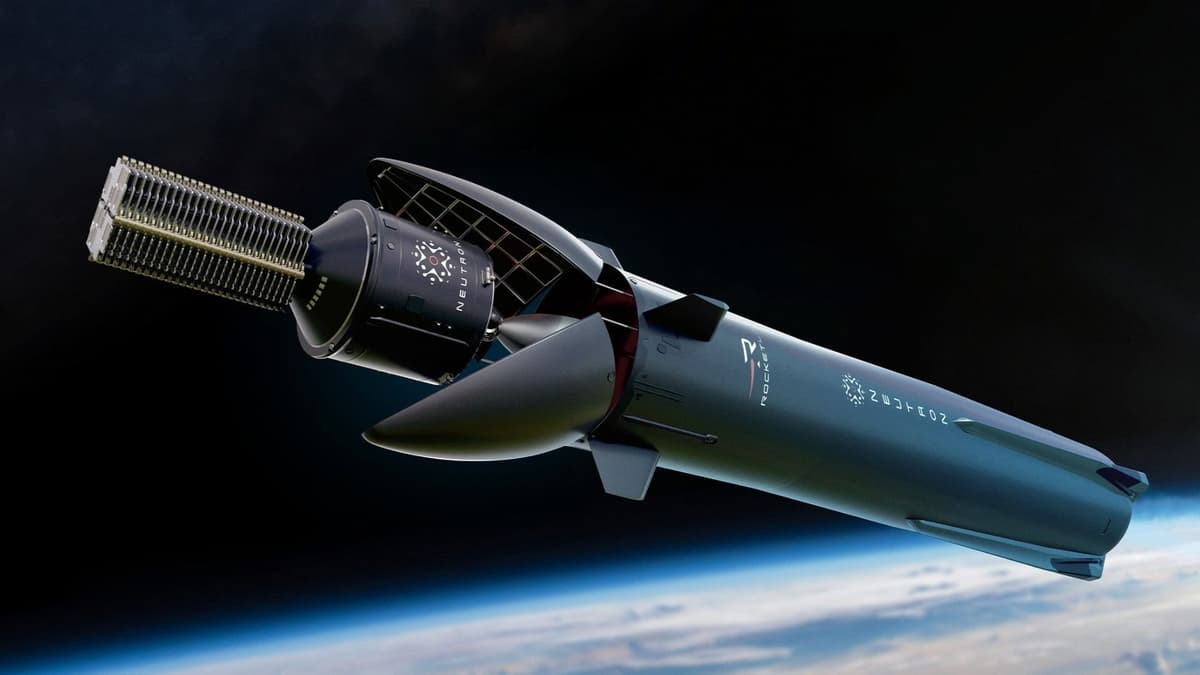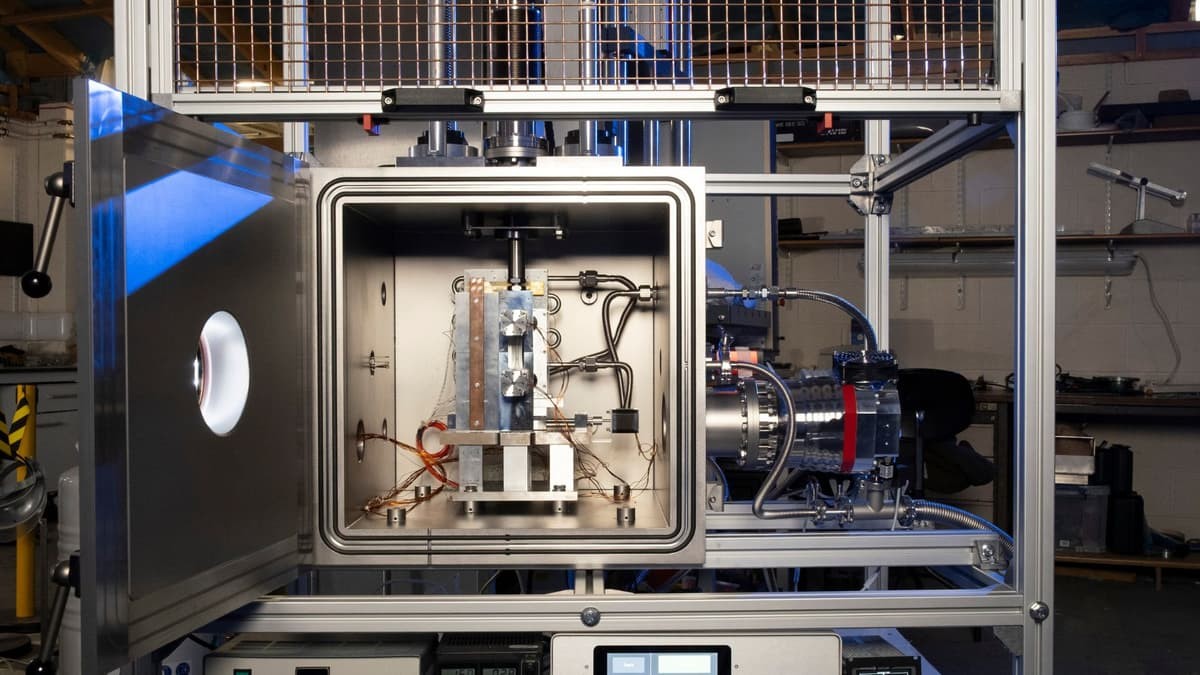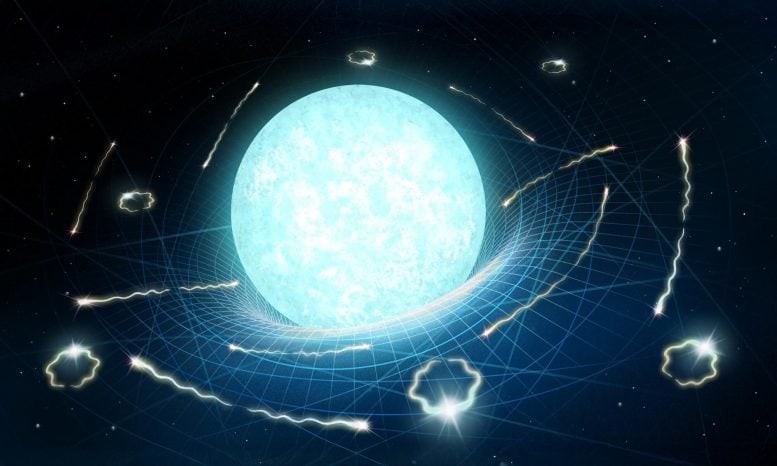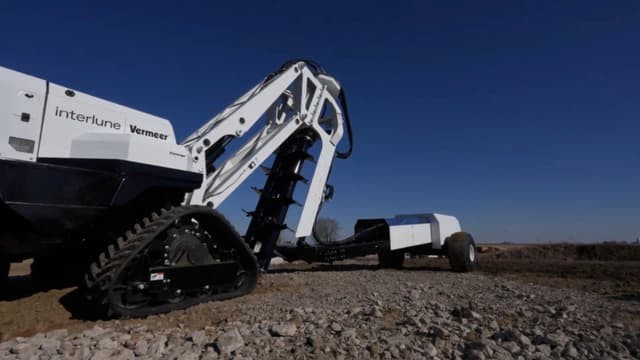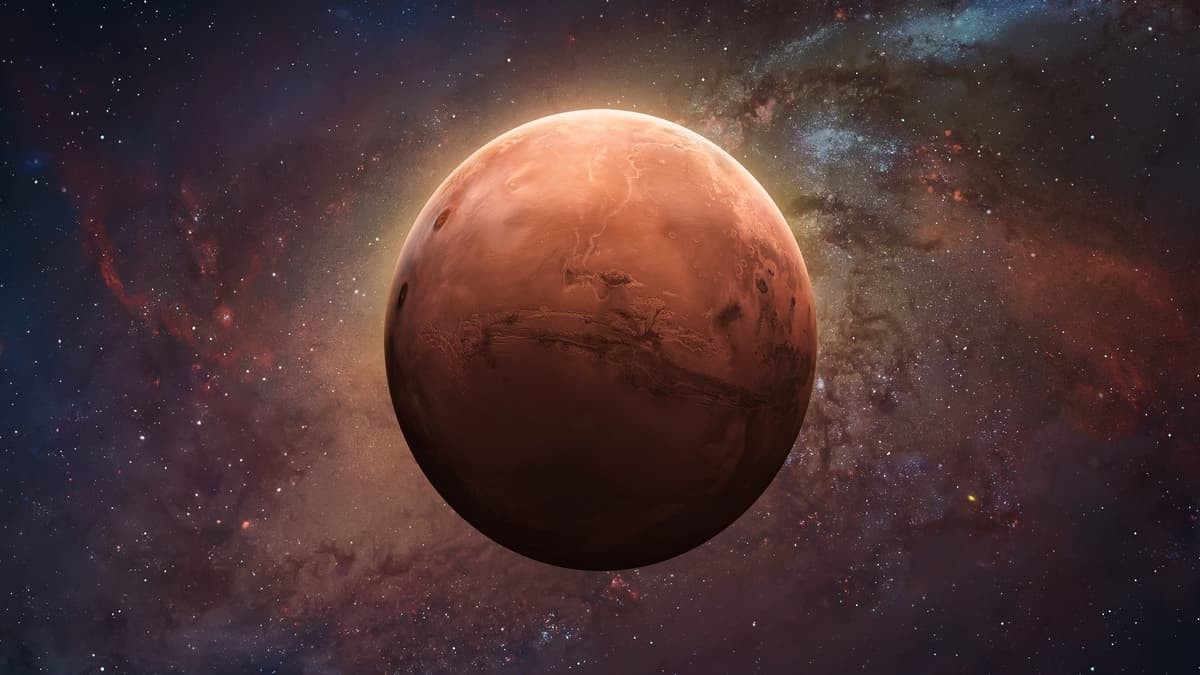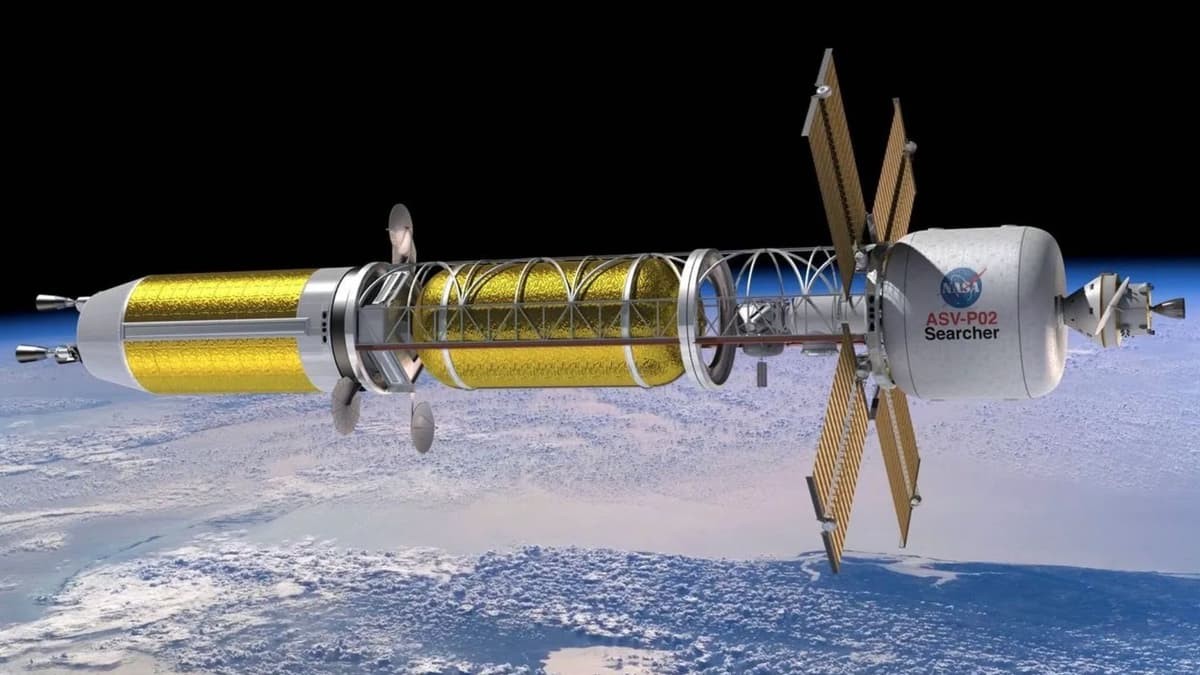NASA's Juno Reveals Fiery Lava Lakes on Io and Cyclonic Turmoil on Jupiter
Juno’s latest findings have provided a deeper look into Jupiter’s turbulent atmosphere and Io’s volcanic activity.
The spacecraft detected warm lava flows beneath Io’s crust, revealing how heat radiates across its surface. Meanwhile, Juno’s radio signals exposed new details about Jupiter’s polar temperatures and tracked massive cyclones at the planet's poles, showing them drifting and interacting in unexpected ways.
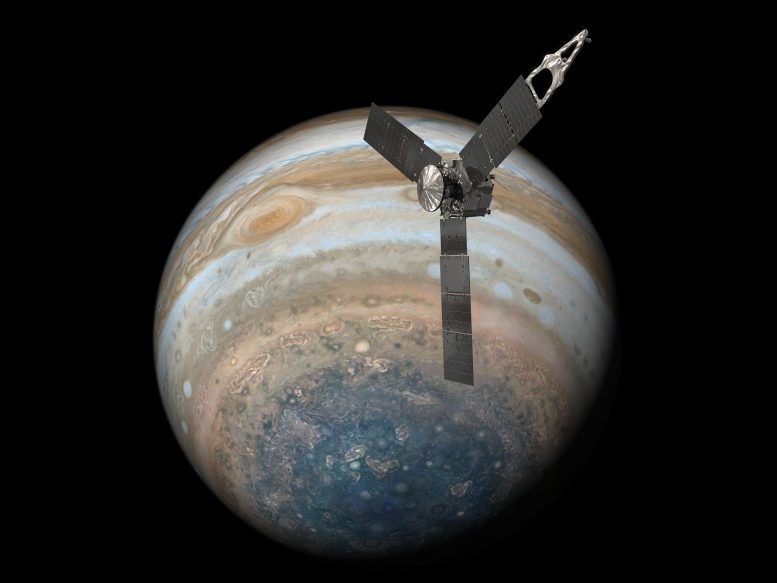
Figure 1. Cyclonic Turmoil on Jupiter.
New Insights Beneath Jupiter’s Clouds and Io’s Surface
NASA’s Juno mission has delivered fascinating new details about both Jupiter and its volcanic moon, Io. By probing beneath Jupiter’s dense clouds and studying Io’s surface, scientists have gained a better understanding of Jupiter’s rapidly moving jet stream near the north pole. At the same time, they made a major breakthrough by mapping the subsurface temperatures of Io, uncovering new clues about its internal structure and volcanic activity.
These discoveries were shared during a news briefing on April 29 at the European Geosciences Union General Assembly in Vienna. Figure 1 shows Cyclonic Turmoil on Jupiter.
"Jupiter is extreme in every sense," said Scott Bolton, principal investigator for Juno at the Southwest Research Institute in San Antonio [1]. "From massive polar cyclones larger than Australia to the most volcanic body in our solar system, Juno is allowing us to explore the immense energy driving this gas giant."
The data came from Juno’s JIRAM instrument, which captured an animation of Io’s south pole during a December 2024 flyby. Bright spots in the image highlight areas with higher temperatures due to volcanic activity, while the gray zones show areas that left the field of view.
Juno’s Microwave Radiometer Illuminates Io
Although Juno’s Microwave Radiometer (MWR) was initially designed to study Jupiter’s atmosphere, the team redirected it to examine Io. By combining MWR data with infrared imagery from the Jovian Infrared Auroral Mapper (JIRAM), scientists gained a clearer picture of Io’s inner workings.
"When we merged MWR data with JIRAM’s infrared images, we were astonished to find evidence of still-warm magma beneath Io’s cooled crust," said Shannon Brown, a Juno scientist at NASA’s Jet Propulsion Laboratory. "At every latitude and longitude, we detected cooling lava flows."
Io’s Surface Acts as a Cosmic Radiator
Juno’s recent findings reveal that roughly 10% of Io's surface has cooling lava beneath its crust, offering insights into how the moon quickly renews its surface and transfers heat from its interior. “Io’s volcanoes and lava flows function like a car radiator, transferring heat to the surface and cooling in space,” said Shannon Brown.
The team also tracked Io’s most energetic eruption, first seen during Juno's December 2024 flyby. The eruption remained active as of March 2, with further observations expected in May.
Investigating Jupiter’s Polar Temperatures
Using radio occultation during its 53rd orbit in February 2023, Juno measured Jupiter's atmospheric temperature. The data revealed that Jupiter's north polar stratospheric cap is about 11°C cooler than its surroundings, with winds exceeding 100 mph.
Cyclones at Jupiter’s North Pole
Juno also studied the cyclones at Jupiter’s north pole, observing their unique interactions. The cyclones drift toward the pole due to "beta drift" and interact with each other, "bouncing" off one another in a spring-like manner, which stabilizes their positions.
Juno’s Ongoing Mission
Juno’s shifting orbit continues to provide new perspectives. “Every flyby gives us fresh insights into Jupiter’s radiation belts,” said Scott Bolton. “Juno is built to withstand this extreme environment, continuing to provide groundbreaking data.”
About Juno
Juno is a NASA spacecraft that explores Jupiter’s atmosphere, magnetic field, and internal structure. Managed by NASA’s Jet Propulsion Laboratory, the mission is part of NASA’s New Frontiers Program and involves international collaboration.
Reference:
- https://scitechdaily.com/nasas-juno-exposes-sizzling-lava-lakes-beneath-io-and-cyclonic-chaos-on-jupiter/
Cite this article:
Keerthana S (2025), NASA's Juno Reveals Fiery Lava Lakes on Io and Cyclonic Turmoil on Jupiter, AnaTechMaz, pp.377


